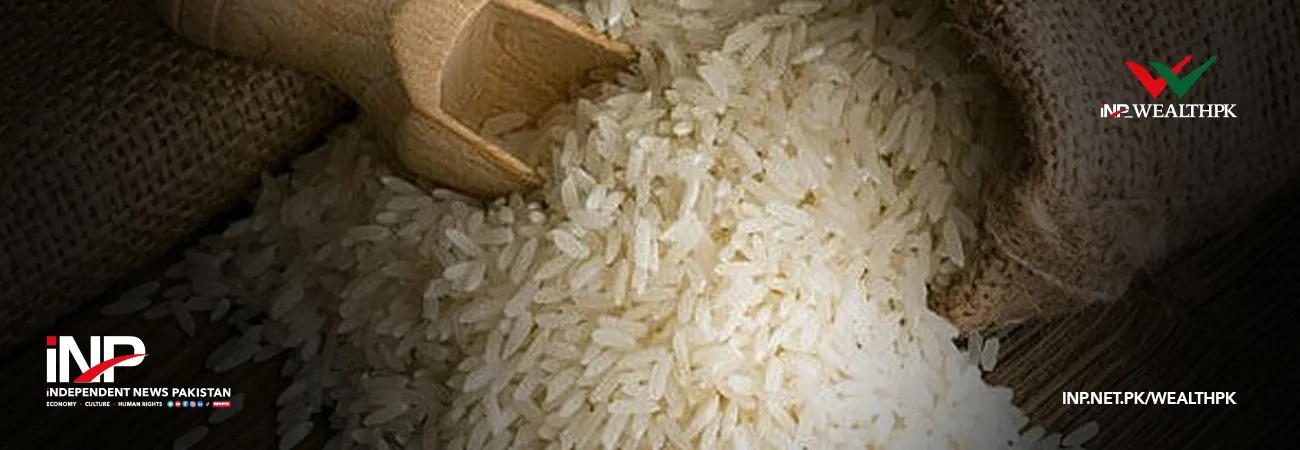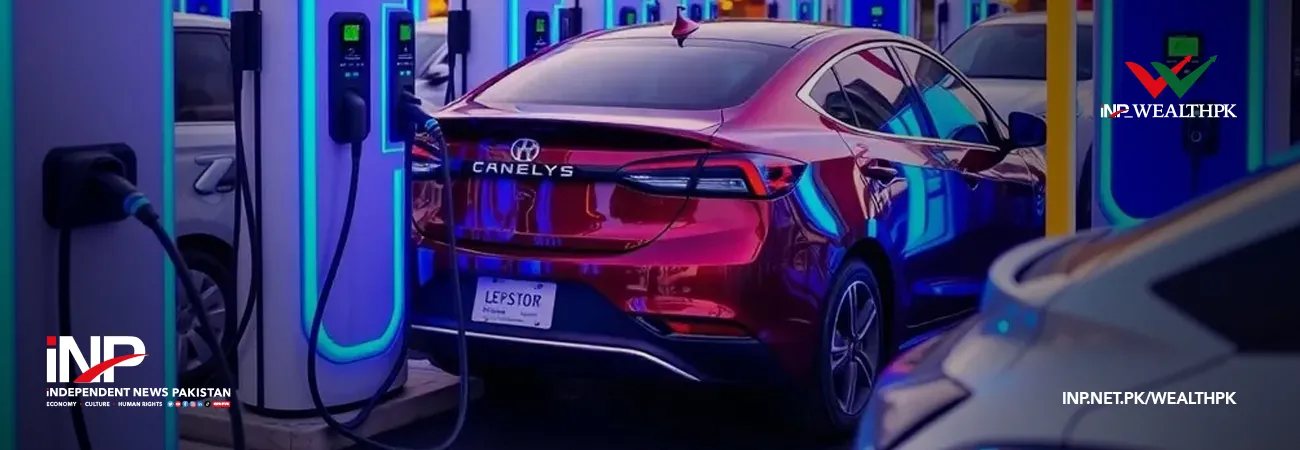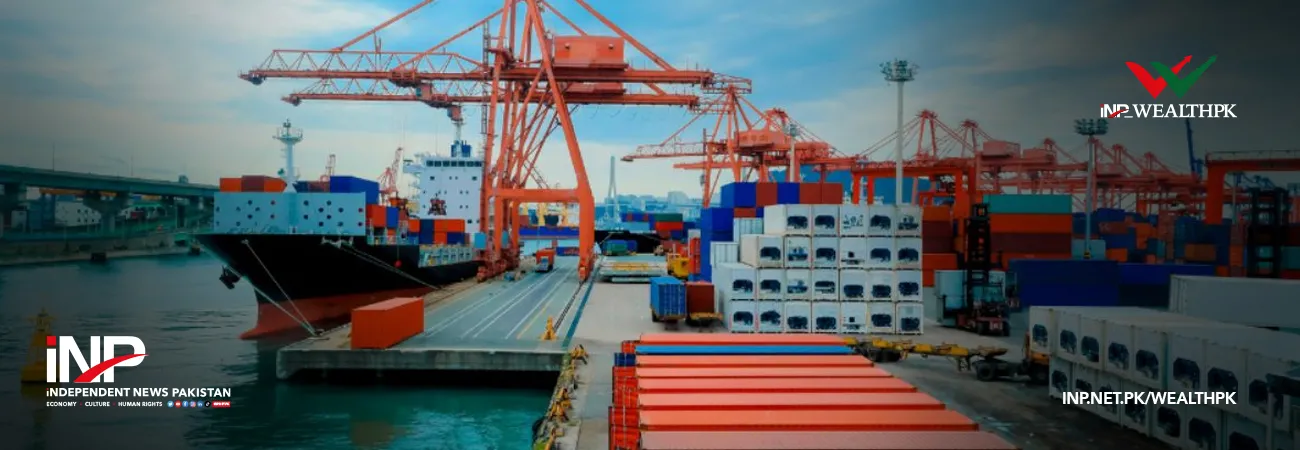INP-WealthPk
Liu Di Shi Jin Qin Ruijing
The weather of smoke haze in Malaysia, the garbage besiege the Philippines, the plastic danger in Thailand, and the water pollution of the Mekong are encountering severe warnings. During the development process, there are strict environmental difficulties have appeared, which have expanded to nearby nations that Southeast Asian countries have to face together. Recently, countries in Southeast Asia have turned into unique destinations for capital chasing. Furthermore, a large amount of foreign-funded and local Chinese companies have established factories there.
Take Vietnam and Myanmar as an example, the entire amount of contract programs from foreign-direct investment in Vietnam has grown, and a huge amount of money has progressed to processing and manufacturing. Since Myanmar has rich natural resources, which got a considerable number of investment in resources from Asia, the United Kingdom, and America. When Southeast Asian nations receive massive funds from foreign countries, they also suffer repeated threats to environmental pollution.
The full amount of pollutants enhances with the entire economic volume consistently. Moreover, air pollution has turned into a critical environmental problem in Southeast Asia. In the circumstances of urbanization, water resources in Southeast Asian nations have destroyed. Meanwhile, tropical rainforests in there have decreased pointedly and left at a frightening speed, which impacts emissions of greenhouse gas and boundless air pollution. General and unsustainable production and consumption patterns have heightened the burden on the resources and circumstances.
Thus, the more forceful the emission decrease goals launched, the higher the demand for tremendous efforts and enormous capitals. In other words, over time, the higher the base of emission reductions, the more challenging and expensive the emission decreases will be. Therefore, the stress has converted a difficulty to Southeast Asian countries for environmental governance.
The industrial revolution accompanies urbanization, and the city has turned into the principal area of social activities. The city's environmental capacity covers the natural limitation of land, water, and energy, as well as the restriction of the growing degree of science and technology. Besides, the speedy expansion of urbanization causes the environmental capacity and condition of the city hard to catch up with the rate of economic improvement. Urbanization is the mainstream of Southeast Asian countries in the past and the following ten years.
The urbanization rate of Brunei, Malaysia, and Singapore is quite high. Generally speaking, Singapore has approached 100%, while that of Indonesia and the Philippines is 40%~60%, and that of other countries is 20%~40%. The variations of urbanization degree between nations strictly correlated to their geographical position, historical experience, economic foundation, political arrangement, and policy implementation.
Most Southeast Asian countries are in the step of accelerated growth of urbanization and industrialization. Thus, they regard the manufacturing industry as a significant pillar of economic development. In fact, the industrial clusters of most nations have not built competitive benefits, which, according to innovation. By contrast, there is more comparative advantage from low cost, which makes massive environmental burden.
At this moment, Southeast Asia faces some principal environmental difficulties, which involve the reduction of forest region, water and air pollution, and the decline of biodiversity. If environmental obstacles can not be handled in a long-term and practical way, it will harshly limit the economic growth of Southeast Asian nations.
Consequently, Southeast Asian countries have two essential contradictions in their environmental governance. First of all, the pressing requirement to manage the quickly growing economic aggregates and the entire volume of pollutants. Next is the connection between economic growth, urban environmental capacity, and quality in the accelerated expansion of urbanization.
With commercial extension and the development of environmental protection consciousness, environmental governance can obtain numerous room for growth. Local environmental actions and mechanisms will present enormous power for figuring out the local environmental issues.
Hence, there are two main points for Southeast Asian countries to fulfill future developing tendency of environmental governance. Firstly, technological innovation and the sharing economy have grown new possibilities. Next, technological innovations, for example, "Internet +," e-commerce platforms, and big data, have given convenience for encouraging the expansion of the sharing economy. Accordingly, the integration of the regional economy will further inspire and improve trade facilitation, support the configuration of green industrial chain and value chain, and promote personnel flow and logistics.
As a vast country nearby to Southeast Asia, China and Southeast Asia frequently have intimate associations. In phases of environmental governance, even though the countries in Southeast Asia have their concerns, each country is not a "zero-sum game" opponent, but a partner in the same boat. From a Chinese prospect, China also aspires to have a fascinating Southeast Asian neighbor rather than a needy one.
In general, China and Southeast Asia can collaborate on how to achieve environmental governance to advance the economic growth of Southeast Asian countries. The Chinese policy called "One Belt One Road" encourages some Asian investment banks and other commercial organizations will significantly heighten the construction of an environmental foundation in the region and help relieve bottlenecks in the Asian infrastructure construction.
Both China and Southeast Asian nations can communicate together for their policies, environmental documents, and sharing data, offering knowledge of environmental management, biodiversity, and ecological protection. Also, supporting industries and technologies of environmental protection for green advancement, environmentally sustainable cities, environmental education, and public awareness, organizations, and collaboration in nine areas, which comprises human capacity building and joint investigation.
Only if Southeast Asian countries jointly explore ways for environmental collaboration and increase regional green growth, which they can proceed to turn into an attractive place for world investment.
(Liu Di, librarian of Yunnan Vocational College of Land and Resources. Shi Jin, lecturer of Yunnan Vocational College of Land and Resources. Qin Ruijing, assistant researcher of Yunnan Academy of Social Sciences)













